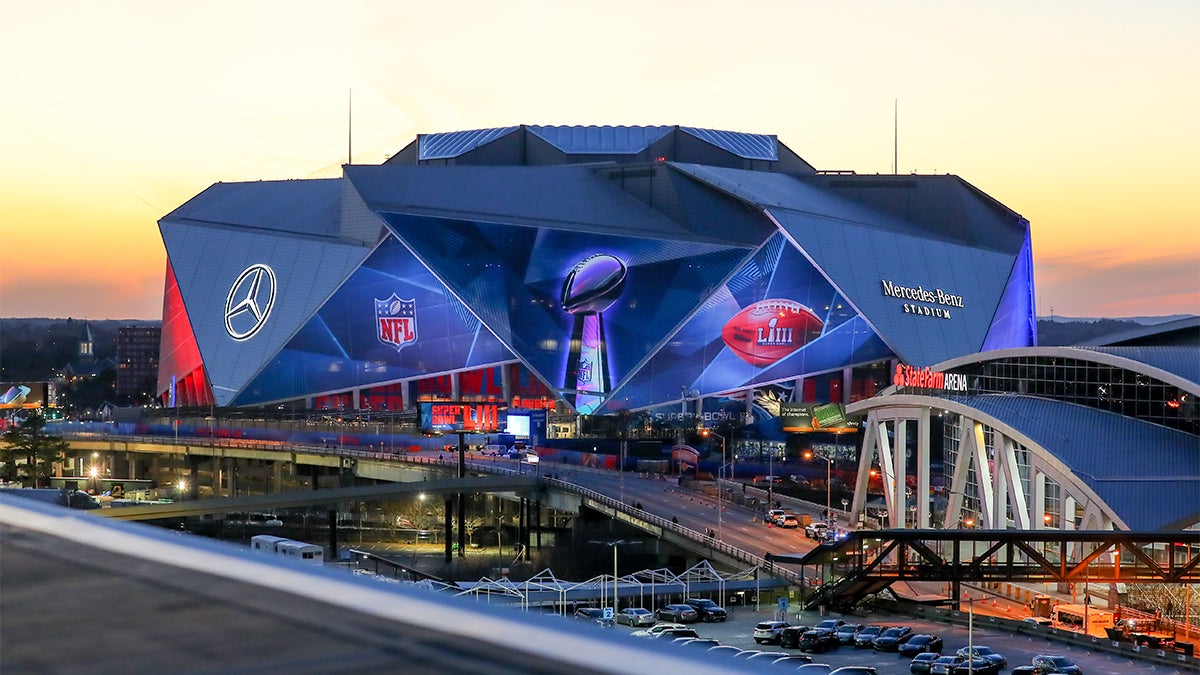Who Paid for Your Stadium?
When San Diego voters decided against renovating Qualcomm Stadium in January 2017, the Chargers decided to pack up and relocate to Los Angeles.
They will share, with the Los Angeles Rams, their new home, a $4.9 billion stadium funded entirely by Rams owner Stan Kroenke.
The Oakland Raiders took a different approach. When they announced their new stadium in Las Vegas, it included $750 million in public funding.
Using public funds to build stadiums is nothing new, dating to the construction of the earliest venues in sports. But as the demand for modern amenities grows stronger, taxpayers are left paying more money, sometimes long after the project is complete.
When a new stadium or arena is desired, teams negotiate with states and municipalities to determine how they will be funded. This typically comes from an increase in sales and tourism taxes, as well as the sale of bonds to be paid back over time. Other methods of funding include surcharges on parking and ticket costs.
For example, Guaranteed Rate Field in Chicago, the home of Major League Baseball’s Chicago White Sox, was completed in 1991, but residents are still chipping away at the $137 million in public debt.
While the public is stuck with the bill, teams enjoy the benefits of an updated facility. Even after taxpayer dollars fund a new home, teams frequently demand periodic upgrades and threaten relocation if the demand is not met.
Chase Field was completed in 1998, but by 2017, the Arizona Diamondbacks were embroiled in a lawsuit with Maricopa County over who was responsible for paying for renovations.
Centennial Olympic Stadium was built for the 1996 Atlanta Olympics, and was soon converted to Turner Field to house the Atlanta Braves. After 20 years, the stadium was deemed inadequate for Major League Baseball, and the Braves built a new stadium in the suburbs. More than half of the facility’s cost was funded by the public.
Cincinnati taxpayers funded 86 percent of Great American Ball Park, home of MLB’s Cincinnati Reds. However, the lease with the city stipulates the Reds pay $1 annually to use the stadium and will do so through 2037.
Brooklyn Events Center, the company responsible for operations of Barclays Center in Brooklyn, N.Y., also leases the arena from the city for $1 per year. The company is partially owned by Nets owner Mikhail Prokhorov, therefore allowing him to benefit from arena revenue, even though over half of it was paid for by the public. Additionally, Brooklyn Events Center is based in Delaware, not New York.
This database contains every existing stadium across the four major North American professional sports, as well as ones under construction, and how they were paid for.
Ryan Sharp is a senior sports journalism student at Arizona State University


